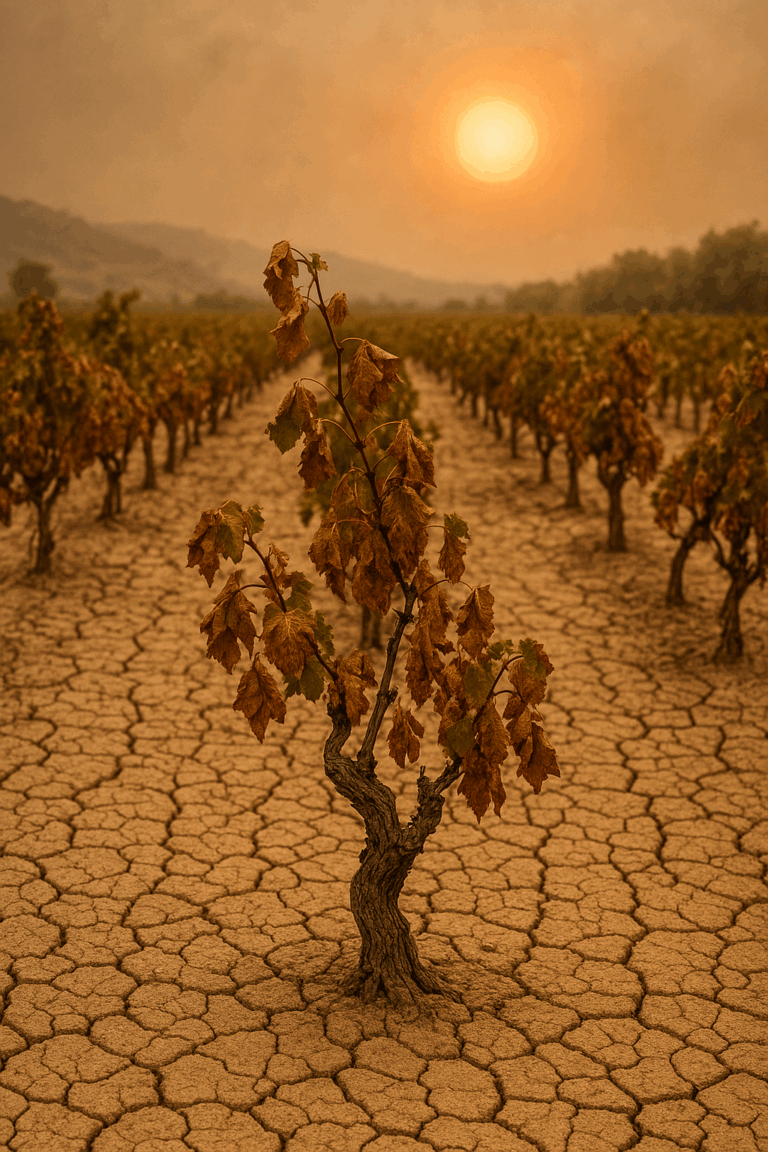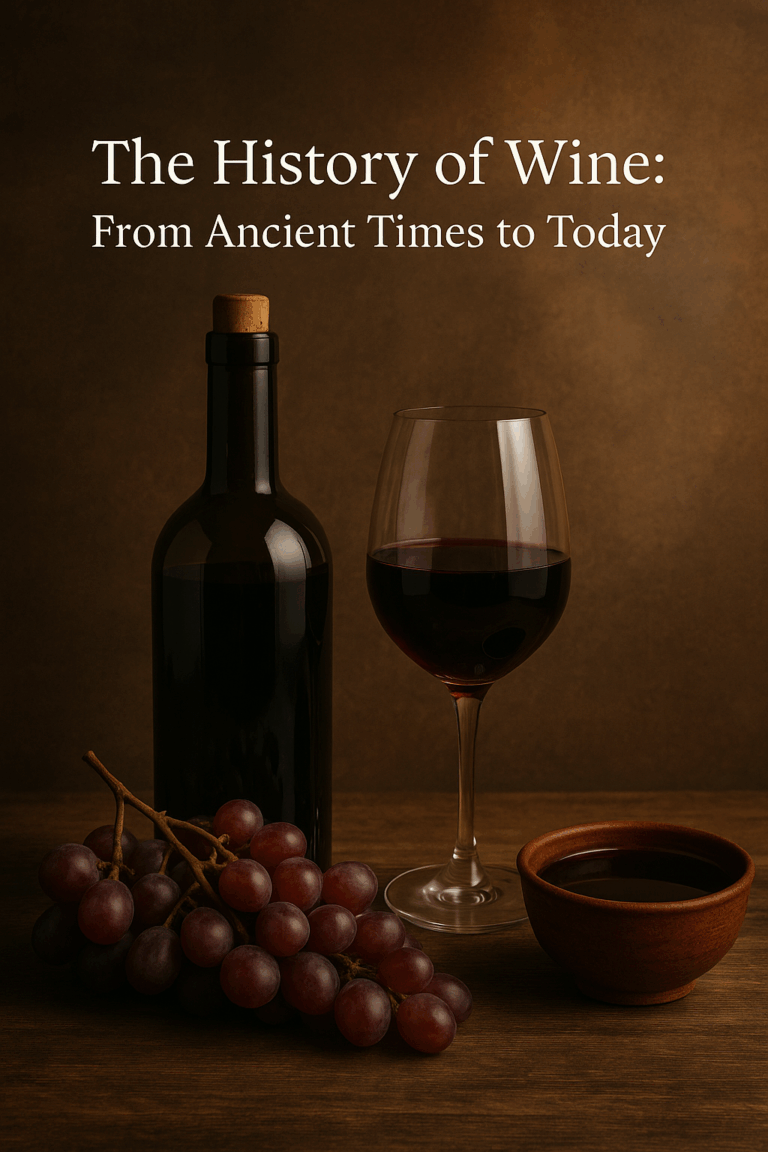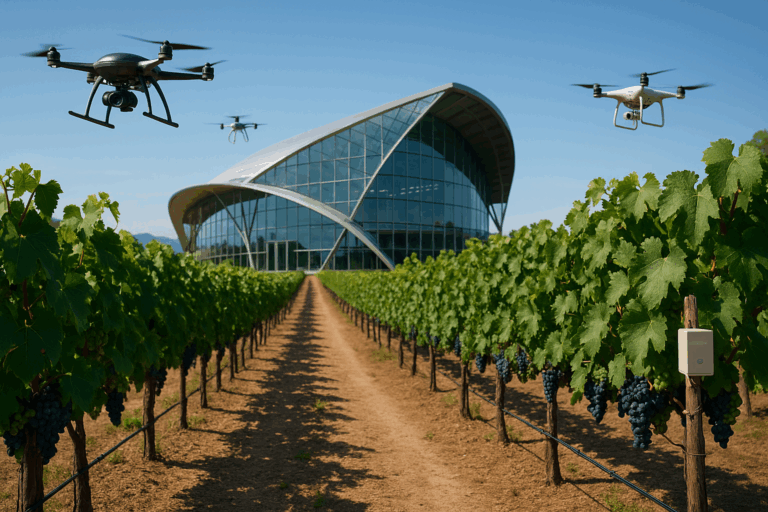What Is “Terroir” and Why Does It Matter?
“Terroir” is one of the most frequently used and most misunderstood terms in the world of wine. Borrowed from the French, this word refers to something much bigger than just geography. It’s about the soul of a wine, the way a specific place shapes its aroma, flavor, and personality.
Understanding terroir helps explain why the same grape variety can taste so different depending on where it’s grown. And if you’re serious about exploring wine, it’s one of the most essential concepts to grasp.
What Exactly Is Terroir?
At its core, terroir is the combination of natural and human factors that influence how a grape grows and how a wine expresses itself. It includes:
- Climate: Whether a region is cool, warm, dry, or humid impacts grape ripening, acidity, and sugar levels.
- Soil: Limestone, clay, granite, sand — each soil type affects drainage, vine stress, and mineral absorption.
- Topography: Altitude, slope, and sun exposure influence sunlight hours, temperature variation, and wind exposure.
- Microbiome and local flora: Native yeasts and vineyard ecosystems also play a role.
- Tradition and human influence: Wine-making customs passed through generations contribute to the final product.
Rather than focusing only on the grape or the winemaker, terroir shifts attention to the place itself — a concept that runs deep in Old World wine culture, especially in France.
How Terroir Influences Wine
Even with the same grape and winemaking process, wine from two regions can taste completely different due to terroir.
A Chardonnay grown in the cool, chalky soils of Chablis (France) will likely be crisp, lean, and mineral-driven. That same grape grown in sunny Napa Valley (California) may be rounder, with tropical fruit notes and more body.
It’s not about better or worse — it’s about difference. Terroir gives wines their identity and variety. This is what makes exploring wine from around the world so interesting.
Famous Examples of Terroir Expression
- Burgundy, France: Pinot Noir and Chardonnay wines from neighboring villages can show dramatic differences in aroma, structure, and complexity — all due to subtle changes in soil and slope.
- Barolo, Italy: Wines made from Nebbiolo vary based on altitude and exposure, even within a few kilometers.
- Mosel, Germany: Rieslings from steep slate vineyards carry intense minerality and vibrant acidity, showcasing terroir in every sip.
These examples show how terroir shapes style, structure, and longevity even within the same grape and region.
Why Terroir Matters for Wine Lovers
Learning about terroir helps you make smarter wine choices. If you discover that you love the bright acidity and minerality of Loire Valley Sauvignon Blanc, or the spice and depth of Rhône Valley Syrah, you can explore other wines with similar characteristics — guided by geography rather than just grape names.
Terroir also adds emotional and cultural depth to wine. When you enjoy a bottle from a specific region, you’re tasting the story of that land — its weather, its soil, its history, and its people.
Terroir in the New World
While the concept of terroir is rooted in Old World wine traditions, it’s gaining traction globally. Regions like Oregon, New Zealand, Chile, and South Africa are emphasizing place-driven wines more than ever.
Many modern producers even in warmer climates are choosing vineyard-specific labeling, highlighting subregions and single parcels to express their unique terroir.
Does Terroir Matter More Than the Grape?
In many cases, yes. That’s why some of the most respected European wines don’t list grape varieties on the label. Instead, they name the region because the place says more about the wine than the grape alone.
In other words: grapes are the language, but terroir is the accent.
Understanding Place to Understand Wine
Terroir is what turns wine into more than just a beverage. It’s what gives it a sense of identity and origin. It’s what connects wine to the natural world. And it’s what transforms your glass into a reflection of somewhere real a vineyard slope, a patch of soil, a gust of wind, a long summer.
When you pay attention to terroir, you’re not just drinking wine you’re tasting the land it came from.






